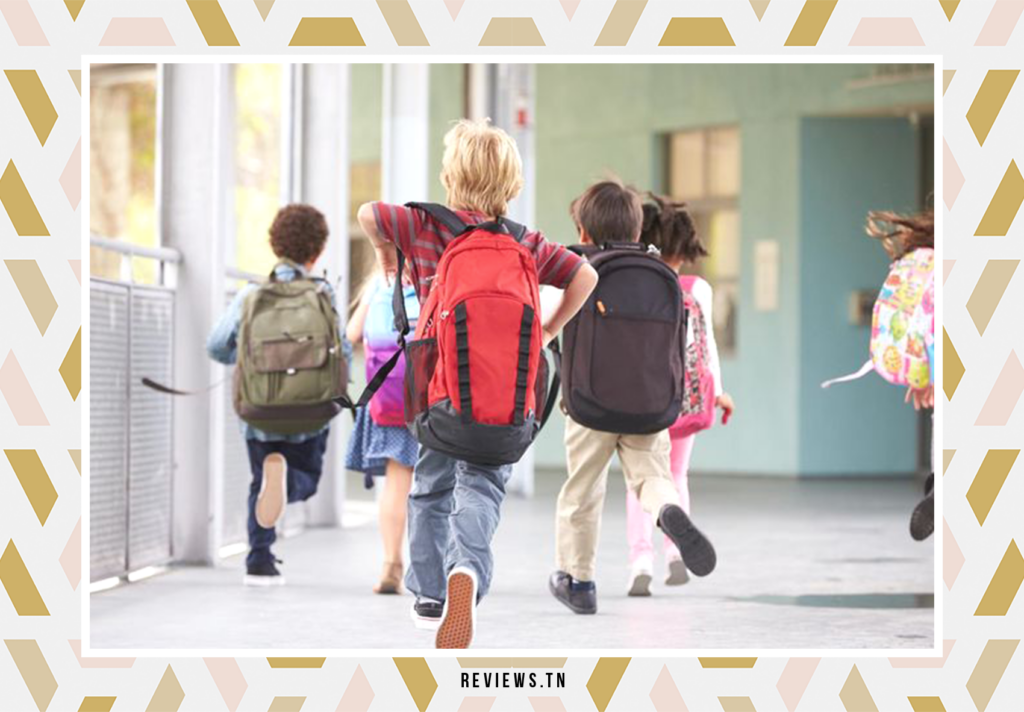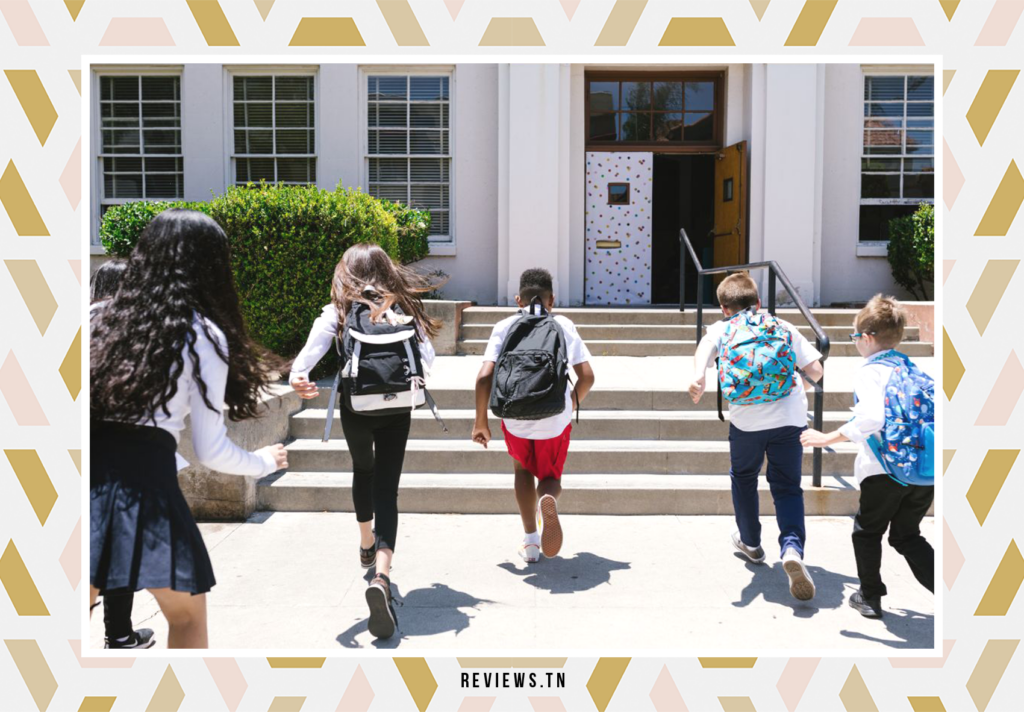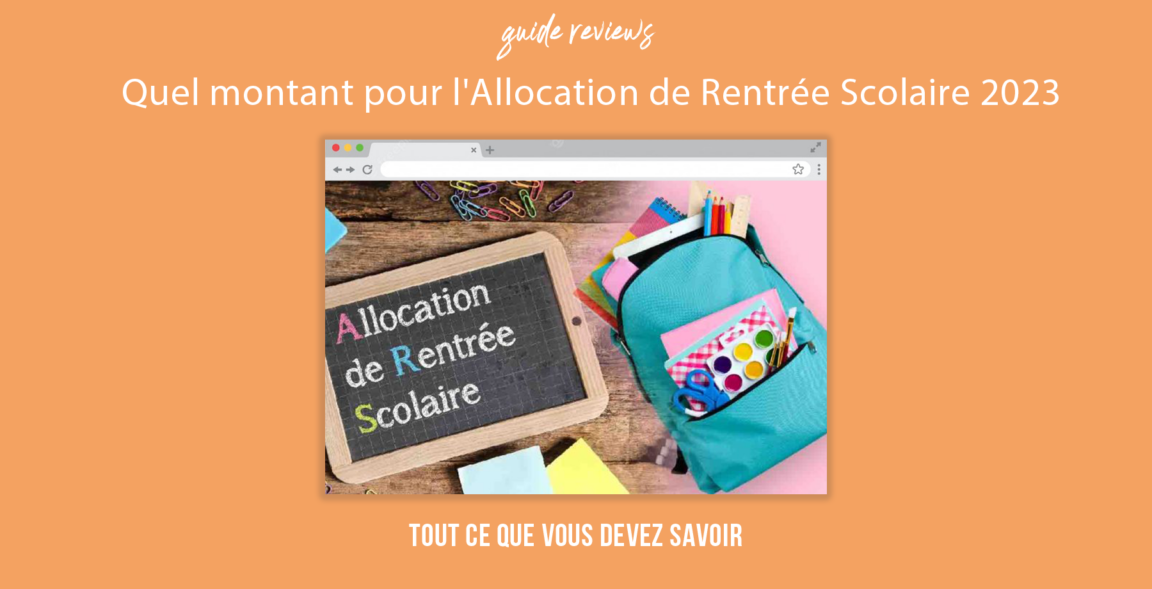What amount for the 2023 school year? The question that haunts every parent this time of year. Between the endless lists of school supplies and the fees that accumulate, it is normal to wonder how much it will cost us. But don't worry, dear parents, because in this article, we'll demystify the 2023 back-to-school amount and give you all the information you need. Prepare to be surprised, because there are some local anecdotes and initiatives that might make you smile. So, put on your detective helmet and let's dive into the exciting world of back to school!
Table of contents
What is the ARS (Back to School Allowance)?

Every year, the start of the school year brings new challenges for parents. Buying school supplies, new clothes, and taking care of other related expenses can weigh heavily on the family budget. It is precisely in this context that theBack to School Allowance (ARS) acts as a real financial support for eligible families.
THEARS is a financial aid specially designed to reduce the burden of back-to-school expenses. She is offered by the Family Allowance Fund (CAF), a French government agency dedicated to providing financial assistance to families. This allowance is intended for parents of children aged 6 to 18 enrolled in a public or private school.
The purpose of this allowance is to help parents cover the various costs associated with the start of the school year. This includes the purchase of school supplies such as pencils, notebooks, rulers, but also indirect costs such as transport costs, the purchase of specific clothing, and sometimes even canteen costs. In sum, theARS is a welcome boost for families during this often costly time.
It is important to note that the amount of theARS varies according to the age of the child and the number of children in the family. Thus, each school year, parents can count on this aid to reduce their expenses. In this sense, theARS is a real lever to promote the education of children in France, whether they are enrolled in a public or private school.
Of course, not all families are eligible for theARS. There are specific criteria to determine who is eligible for this assistance. We will discuss these criteria in more detail in the next section of this article. So stay with us to learn more about theBack to School Allowance and its impact on the amount of the 2023 school year.
To read >> How to connect to ENT 78 on oZe Yvelines: complete guide for a successful connection
The ARS for the 2023-2024 school year

A new school year is fast approaching and with it, the anticipation of back-to-school expenses for parents. For the 2023-2024 school year, the Family Allowance Fund (CAF) gave a boost to families by increasing the ARS (Back to School Allowance) de 5,6%. A welcome increase, certainly, but which remains insufficient for certain federations of parents, these arguing that inflation is not sufficiently compensated.
It should be remembered that the amount of the ARS is determined according to two main criteria: the number of dependent children et their age. As every year, the amounts are adjusted to take these factors into account.
So how much can you expect to receive for this back to school 2023? For children aged 6 to 10, the ARS is set at $398,09. If your child is between 11 and 14 years old, you can expect to receive $420,05. Finally, for young people aged 15 to 18, the amount rises to $434,61.
These amounts, although revalued, are they sufficient to cover all the expenses for the start of the school year? This is a question that continues to be debated. As parents face an ever-growing list of supplies and ever-increasing transportation costs, these amounts are a great help, but not always sufficient.
Who is eligible for ARS?

Like a clearing in the stormy sky of back-to-school expenses, theBack to School Allowance (ARS) introduces himself. But who can really catch this financial lifeline? The answer lies in the eligibility criteria defined by the Family allowance (CAF).
In 2023, to be eligible for this precious aid, a family's income must not exceed a certain threshold. For a family with one child, this threshold is set at 25 775 euros. If you have two children, the threshold goes up to 31 723 euros. For three children, it is 37 671 euros and for four children, it reaches 43 619 euros. Thus, for each additional child, the income threshold increases by 5 948 euros.
But don't be discouraged if you slightly exceed this threshold. You may still be eligible for reduced aid. Indeed, the CAF calculates this aid according to the income of each family, thus allowing more families to benefit from this allowance.
The amount of ARS varies depending on the age of the child. In 2023, it is:
- 398,09 € for a child aged 6 to 10 years old,
- 420,05 € for a child aged 11 to 14 years old,
- 434,61 € for a child aged 15 to 18.
And the best part? If you are eligible, the ARS is automatically paid by the CAF. No need to get lost in a maze of paperwork! Back to school is stressful enough, isn't it?
When is the ARS paid?

The ARS payment date is crucial information for all eligible families. For the year 2023, it is important to note that theBack to School Allowance will be paid on 16 August. Like a summer breeze bringing much-needed relief, this financial support arrives just in time for preparations for the new school year.
But for some, help comes even sooner. In fact, residents of Mayotte and Reunion Island, these distant islands that make our imagination vibrate, received this precious help from the 1er August. A gesture that underlines the special attention given to our fellow citizens overseas.
It is also worth pointing out that the ARS is not just for the youngest. Apprentices, those determined young people who learn a trade while earning a living, and young people who reach majority (18 ) before the payment date are also eligible for ARS. They can thus continue to concentrate on their training without worrying about back-to-school expenses.
While the start of the school year is fast approaching, this automatic payment of ARS by Family Allowance Fund is a lifeline for many families, allowing them to navigate more serenely through the turbulent waters of preparing for the start of the school year.
The cost of school supplies in 2023

Back to school, while full of excitement and new opportunities, brings its own set of challenges. Among these, the cost of school supplies stands out, especially for the year 2023. According to a recent survey by the Families Union Confederation, an organization dedicated to defending the rights of families, the cost of school supplies has suffered a substantial increase of 11% this year.
This significant rise can be attributed to the growing shadow of inflation, which has enveloped the country. School supply prices, like those of many other products, have been pushed up, leaving many families in dire straits.
Faced with this reality, the CIPF (Federation of Parents' Councils), a key player in defending the rights of parents and pupils, has expressed concern. According to them, the revaluation of theBack to School Allowance (ARS) is insufficient to cover the increase in the price of school supplies. They emphasize that despite the valuable help from the ARS, families still have to face additional costs.
Faced with this challenge, parents ask themselves: "What is the amount of the 2023 school year? » This question, legitimate and urgent, deserves precise answers and concrete solutions.
The position of the FCPE and the PEEP regarding the amount of the 2023 school year

At the heart of the debate on the amount of the Back to School Allowance (ARS) for the 2023-2024 school year is Laurent Zameczkowski, spokesperson of the PEEP (Federation of parents of pupils in public education). A man whose voice carries the weight of the concerns of thousands of parents across France.
In a room full of concerned parents, Zameczkowski takes to the stage and shares his perspective. He points out that, although the ARS has theoretically been increased in line with inflation, the actual amount felt by parents when buying school supplies does not correspond to this increase. A gap that adds an additional burden on the shoulders of parents already strained by the preparation for the start of the school year.
According to him, the revaluation of the ARS is insufficient. The words of Zameczkowski resound in the silent room, and a wave of acquiescence runs through the assembly. This is a feeling shared by many parents who are waiting for answers and concrete solutions for the amount of the 2023 school year.
It is clear that the cost of school supplies has increased significantly, with an increase of 11% this year. This is a worrying reality for the CIPF (Federation of parents' councils), which shares Zameczkowski's opinion on the inadequacy of the revaluation of the ARS.
The FCPE and the PEEP, two federations which represent the parents of pupils in public education, have clearly expressed their concerns. The question now is how the authorities will respond to these legitimate concerns.
The bold proposal of the FCPE for the amount of the start of the 2023 school year

Faced with the constant increase in the cost of school supplies, the FCPE, one of the main organizations of parents of pupils, makes a bold proposal. It calls for the creation of a work group to discuss the possibility of providing free school supplies, from preschool to high school. This is an initiative that, if implemented, could significantly ease the financial burden on parents.
The FCPE goes even further by suggesting that it is the state coffers, via the national budget, which should cover the cost of school supplies. A suggestion which, although ambitious, reflects the urgency of the situation for many families.
Grégoire Ensel, the president of the FCPE, also offers a pragmatic view of how this could be achieved. He believes that buying in bulk can significantly reduce costs. This approach could be implemented at the departmental or regional level, thus making it possible to achieve economies of scale. Ensel strongly believes that this solution could be a major step forward in tackling the high cost of going back to school.
It is important to note that some municipalities, such as Marseille, Lille and Roubaix, have already started providing school supply kits to primary school students. For example, Marseille decided this year to allocate 4,9 million euros to provide 76 filled schoolbags. This demonstrates the feasibility of the CIPF proposal and could serve as an example for other regions.
CIPF's proposal is bold, but it offers an interesting perspective on how we might rethink the funding of school supplies. It will be interesting to see how this proposal evolves and whether it gains traction in the months to come.
Local initiatives

Faced with the financial pressure represented by the cost of school supplies for many families, some municipalities have decided to take matters into their own hands. Cities like Marseille, Lille et Roubaix have already begun to put in place initiatives to alleviate this burden.
In particular, these cities have started providing school supply kits to primary school students. These kits, filled with all the tools needed for a successful school year, offer parents considerable relief. This is a real lifeline for families struggling to make ends meet.
City Marseille stands out particularly in this initiative. With a budget devoted specifically to this cause, Marseille plans to allocate this year the impressive sum of 4,9 million. This investment will provide no less than 76 schoolbags filled with supplies to students in the city. It is a tangible demonstration of the municipality's commitment to the education and well-being of its young citizens.
These local initiatives could serve as a model for other cities and even at the national level. They perfectly illustrate how collective action can help solve concrete problems and offer a better future for our children.
Conclusion
After probing the depths of the question of financing school supplies, we come to the conclusion that there is still a long way to go. Although the ARS was reassessed in 2023, this reassessment is perceived as insufficient to cover the constantly increasing costs of school supplies. Inflation, which is not an isolated phenomenon at the start of the school year, has driven prices up, putting increased financial pressure on low-income families.
It is clear that efforts to alleviate this pressure must continue. Parents' federations like the CIPF and PEEP play a crucial role in highlighting these challenges and finding solutions. As pointed out Laurent Zameczkowski, spokesperson for PEEP, the theoretical increase in ARS with inflation does not correspond to what parents actually see when they buy supplies.
The idea of having school supplies covered by the State, suggested by the CIPF, could be a viable solution. Gregoire Ensel, the president of the CIPF, spoke of buying in bulk as a means of reducing costs. This approach has already been implemented at the local level in some municipalities such as Marseille, Lille et Roubaix, which started providing school supply kits to primary school students.
The need for a broader and more inclusive solution is palpable. The question of how much the 2023 school year will cost can only be resolved by continuing to seek creative and viable solutions to help families bear these costs.
FAQ & visitor questions
The amount of the ARS for 2023 varies according to the age of the child. For a child aged 6 to 10, the amount is 398,09 euros. For a child aged 11 to 14, the amount is 420,05 euros. For a child aged 15 to 18, the amount is 434,61 euros.
The ARS for the year 2023 is paid on August 16. However, residents of Mayotte and Reunion received this aid on August 1.
The purpose of the ARS is to help low-income families cover the cost of school supplies.
To benefit from the ARS, the child must be between the ages of 6 and 18 and enrolled in a public or private school. In addition, the family income must not exceed a certain threshold, which varies according to the number of children in the family.



